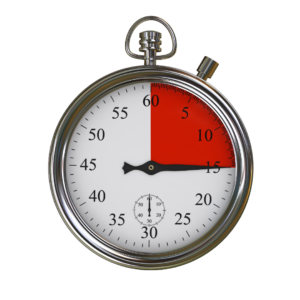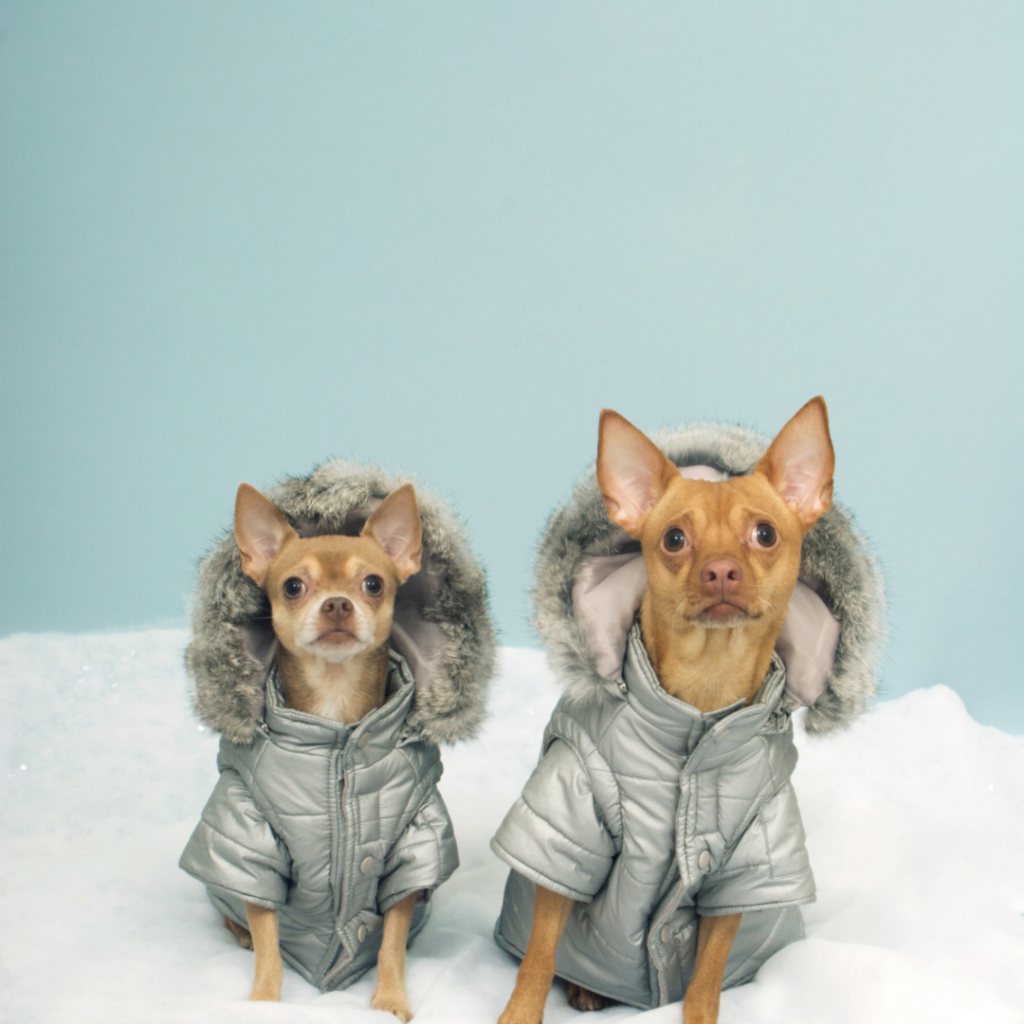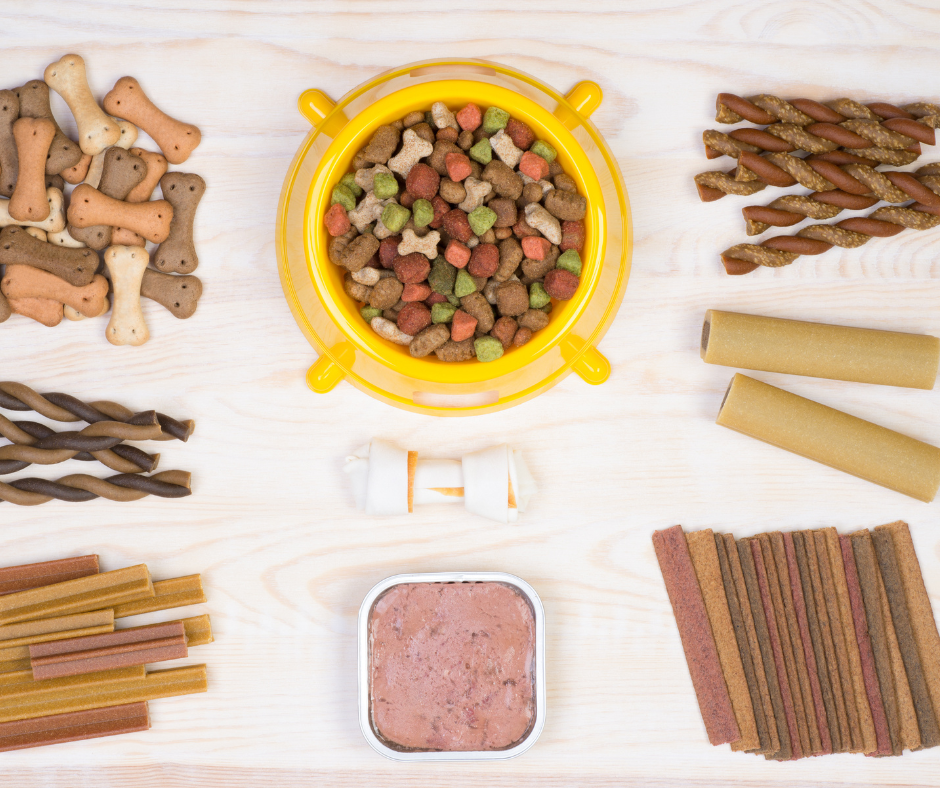
Discussing Some General Advice For Winter Dog Walking
Dogs need to be walked everyday for exercise, stimulation, and for an opportunity to go pee or poop. This is true even during the cold frigid months of winter. But, that doesn’t mean winter dog walking has to be an unpleasant experience. This article will discuss five useful tips that will benefit both you and your dog during those cold winter walks.
1. Shorten Your Walks
Most people (including dogs) don’t enjoy going for long walks during snow, sleet, and below freezing temperatures. Even with the appropriate winter coats, boots, and gear, it’s simply not comfortable. That’s why we recommend taking your dog on shorter walks during the winter season. Rather than taking two long dog walks a day, try breaking it up into 4 or 5 short walks a day. This gives both you and your furry friend a chance to come back inside and warm up for the next walk.

2. Daytime Walks
Generally speaking, it’s much warmer out during the day than it is at night. Even on cloudy winter days, the sun tends to warm things up a bit. We suggest getting the majority of your winter dog walks in during the daytime hours. This will make it as comfortable as possible for both you and your furry friend. Daytime dog walks are also the safest option as people driving their cars are more likely to see you and your dog as opposed to at night.
3. Winter Gear For Dogs
One of the most important things to do when it comes to winter dog walking is to dress appropriately. This applies to your dog as well. There is a wide variety of cold weather gear for dogs on the market today. This includes things like dog jackets, dog boots, waterproof collars, and more. If you’re interested in picking up some doggy winter weather gear, then check out RuffWear.com for more information.

4. Dog Paw Care & Maintenance
Dog paws are resilient, but not invulnerable. Dogs can’t care for and maintain their paws the way we care for our hands and feet. During winter dog walks, our dog’s paws are subjected to snow, ice, and freezing temperatures. We recommend wiping off your dog’s paws after every walk with a warm wet washcloth. This will help remove any rock salt (which can cause chemical burns) and pieces of ice that may have lodged between their pads.
Pro Tip:
We also recommend moisturizing your dog’s paws after walks to help prevent them from cracking and/or bleeding. There is a wide variety of different balms and waxes specifically for dog paws on the market today. For a comprehensive list of the best dog balms and waxes, check out TheDodo.com.
5. Adjust Meal Portions
Most dogs operate on a routine and regulated diet in order to stay happy and healthy. However, if your dog is spending more time outside during the winter, then consider adjusting their food portions. Dogs (mammals in general) burn more energy when exposed to cold weather in order to stay warm. This means that your dog will be capable of staying warmer longer if they eat more food. As always, consult with your veterinarian before adjusting your dog’s diet.

Staying Safe, Happy, And Healthy
We hope the information in this article will help you and your furry friend have a safer and more enjoyable dog walking experience this winter. Still not excited about winter dog walking? Then leave it to the professionals! Here at My Dog Walker & Pet Sitting, we’ve been walking dogs professionally for over 10 years. We have both the experience and the knowledge to make winter dog walking a pleasurable experience for your loyal furry friend. Click here to become a client or check out our wide variety of pet sitting/dog walking services by clicking here.

